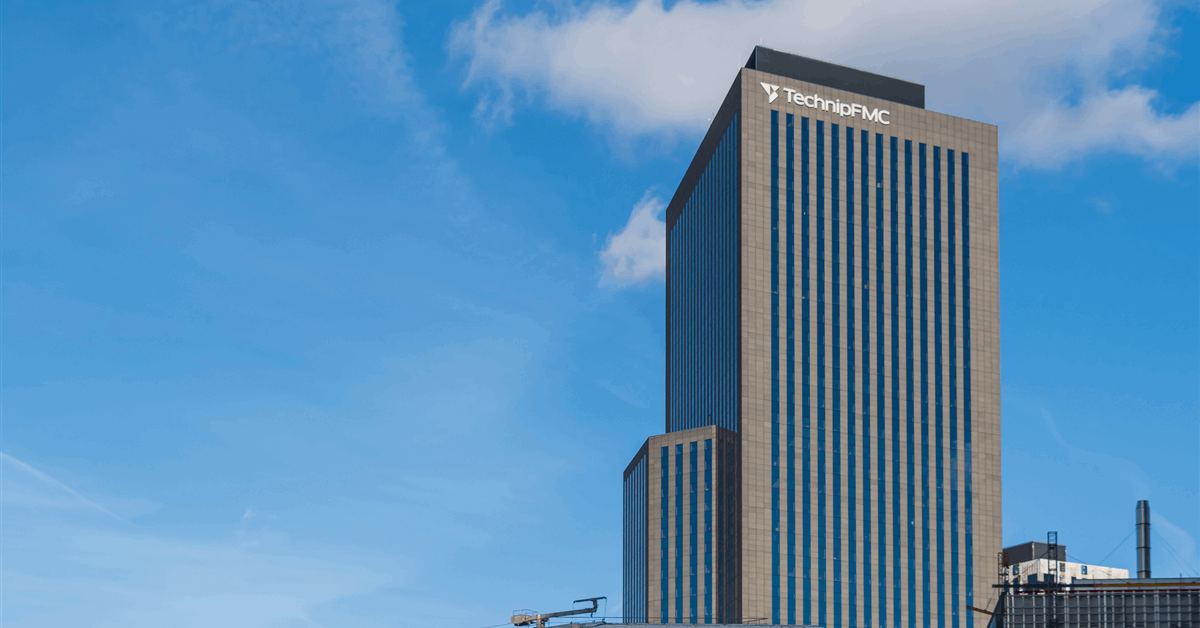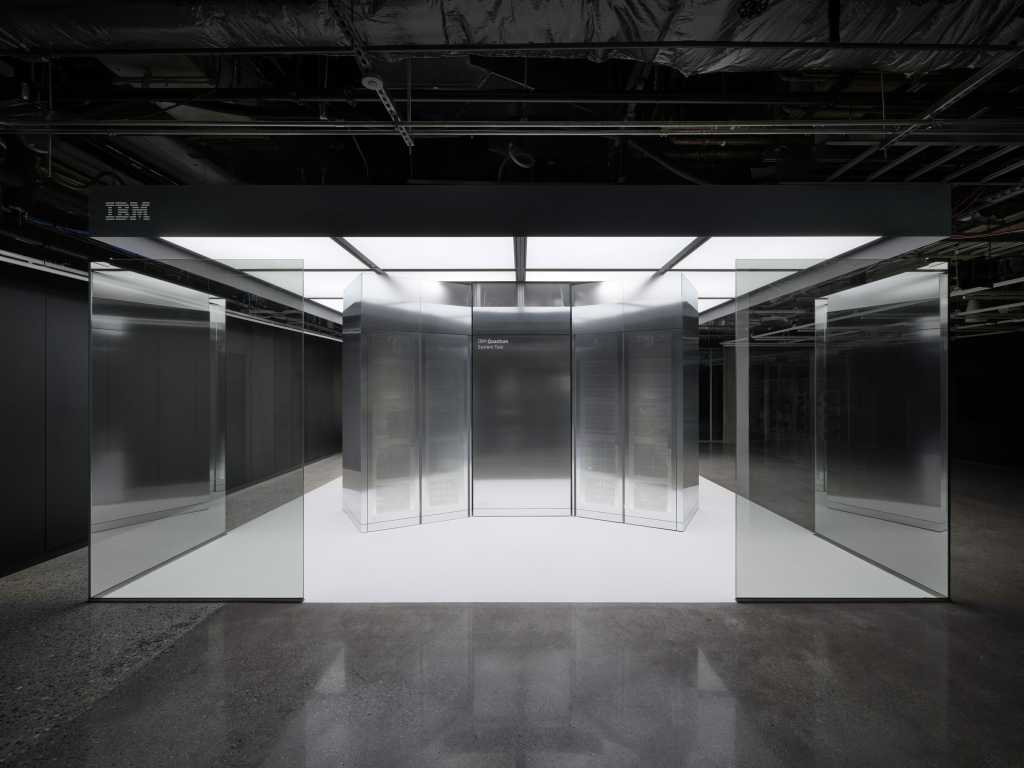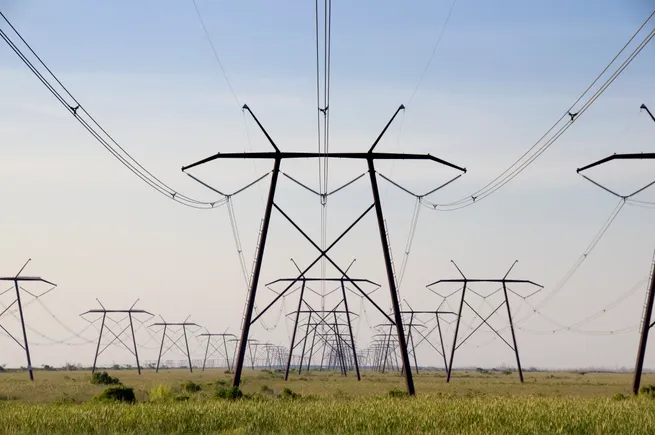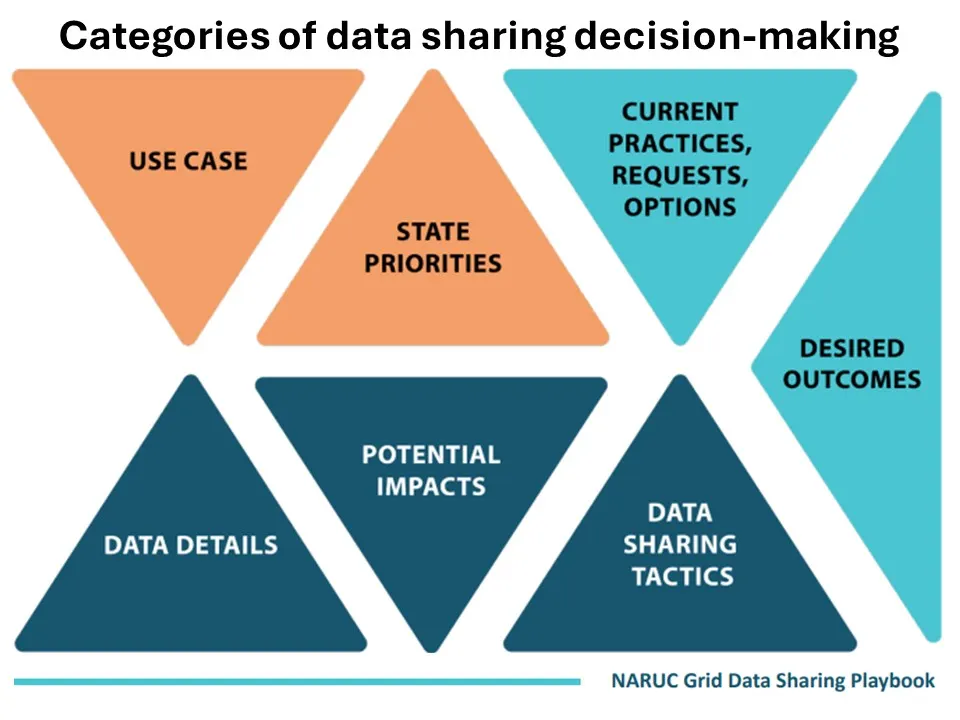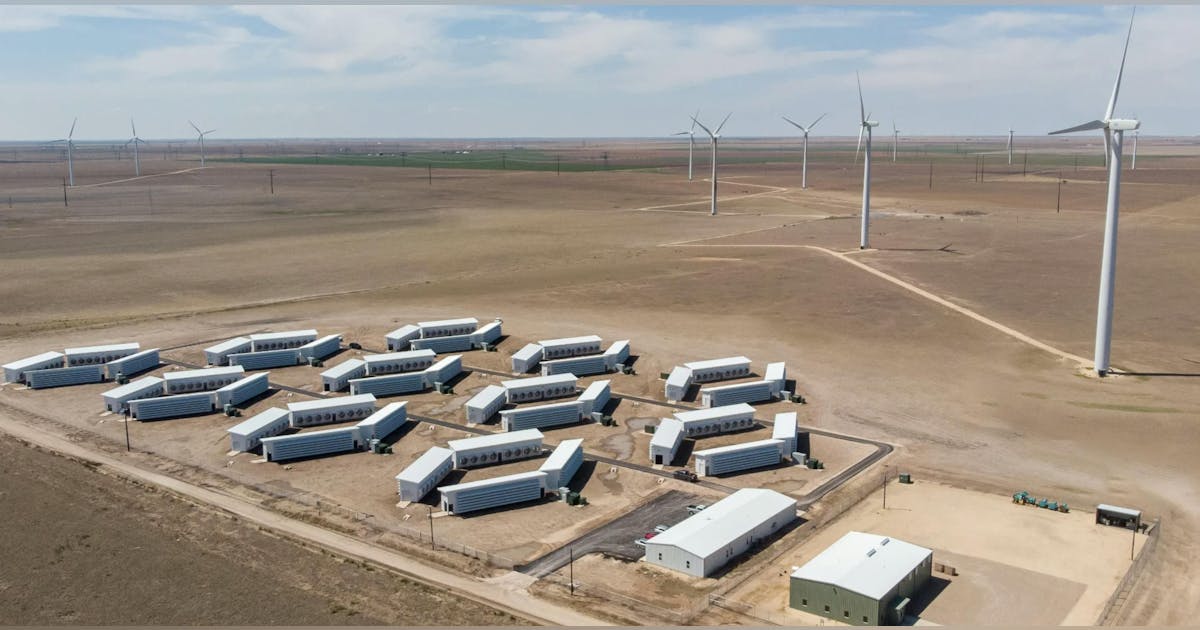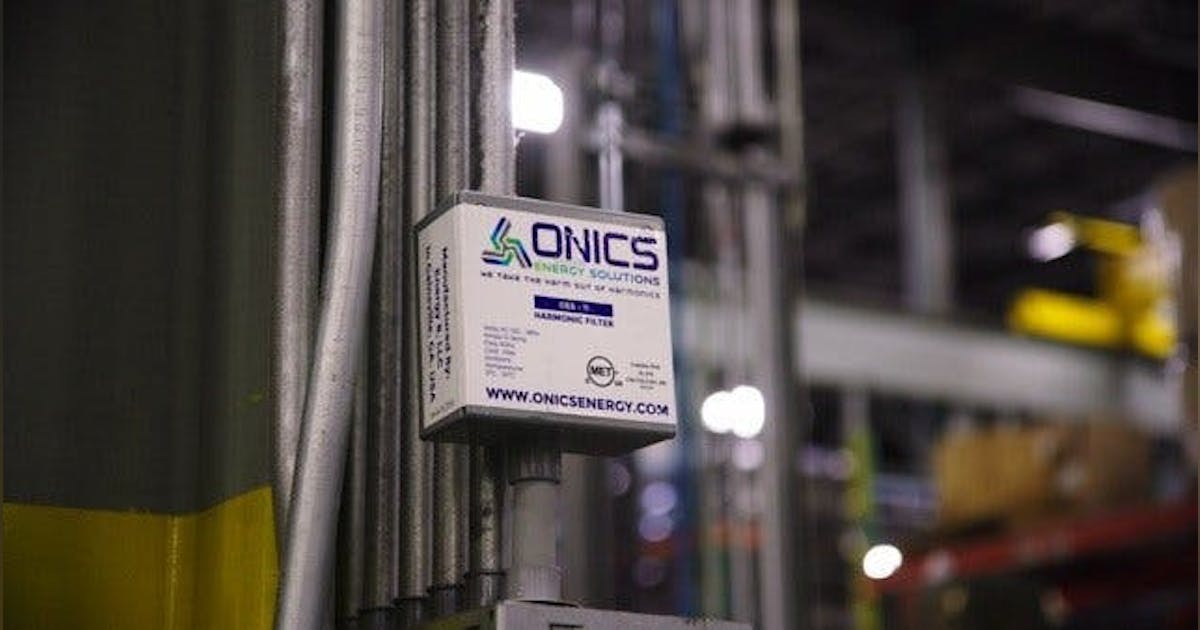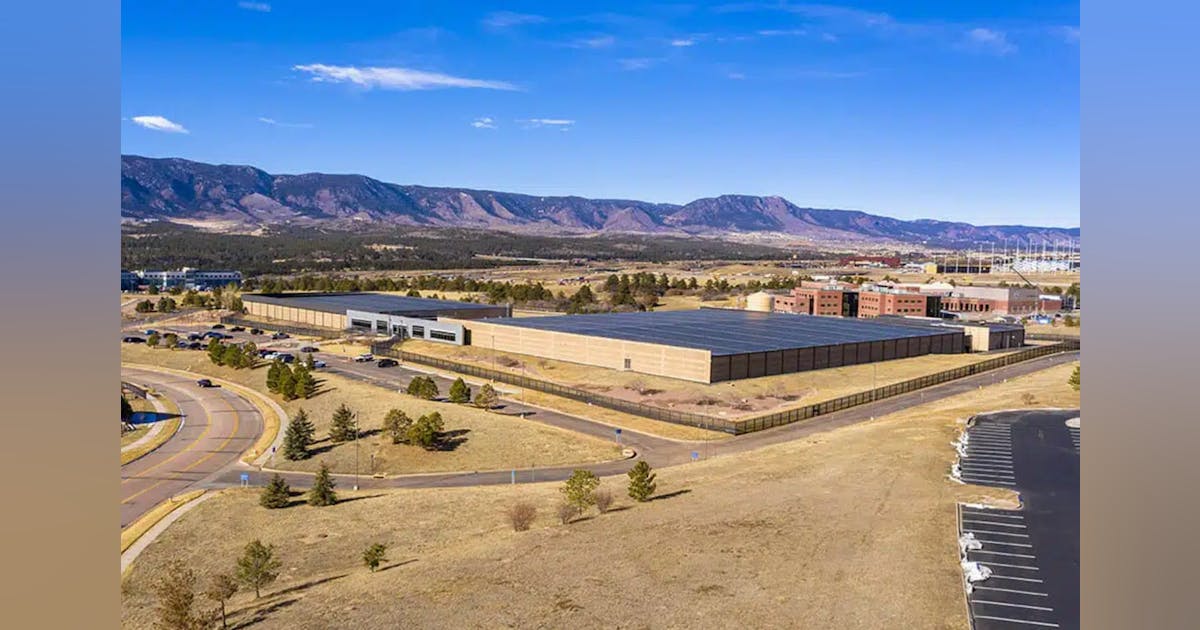Scottish subsea cutting specialist Decom Engineering has secured more than £2 million worth of international contracts in the first quarter of 2025.
The Portlethen-based firm provides a range of cold cuttings ‘chopsaws’ which can operate in harsh offshore and subsea environments.
Decom Engineering said the three contract wins in the Americas, Nigeria and Australia will position the company for further international growth.
Among the contract wins, Decom Engineering secured a chain cutting scope in the Gulf of Mexico which will see it deploy its ultra-light C1-16 chopsaw to cut mooring chains.
Meanwhile, a Decom team is preparing to mobilise on a 300-day campaign offshore Brazil involving two C1-16s.
Decom Engineering commercial director Nick McNally said company “continuing to build on a strong track record” with other contract wins in Nigeria and Western Australia.
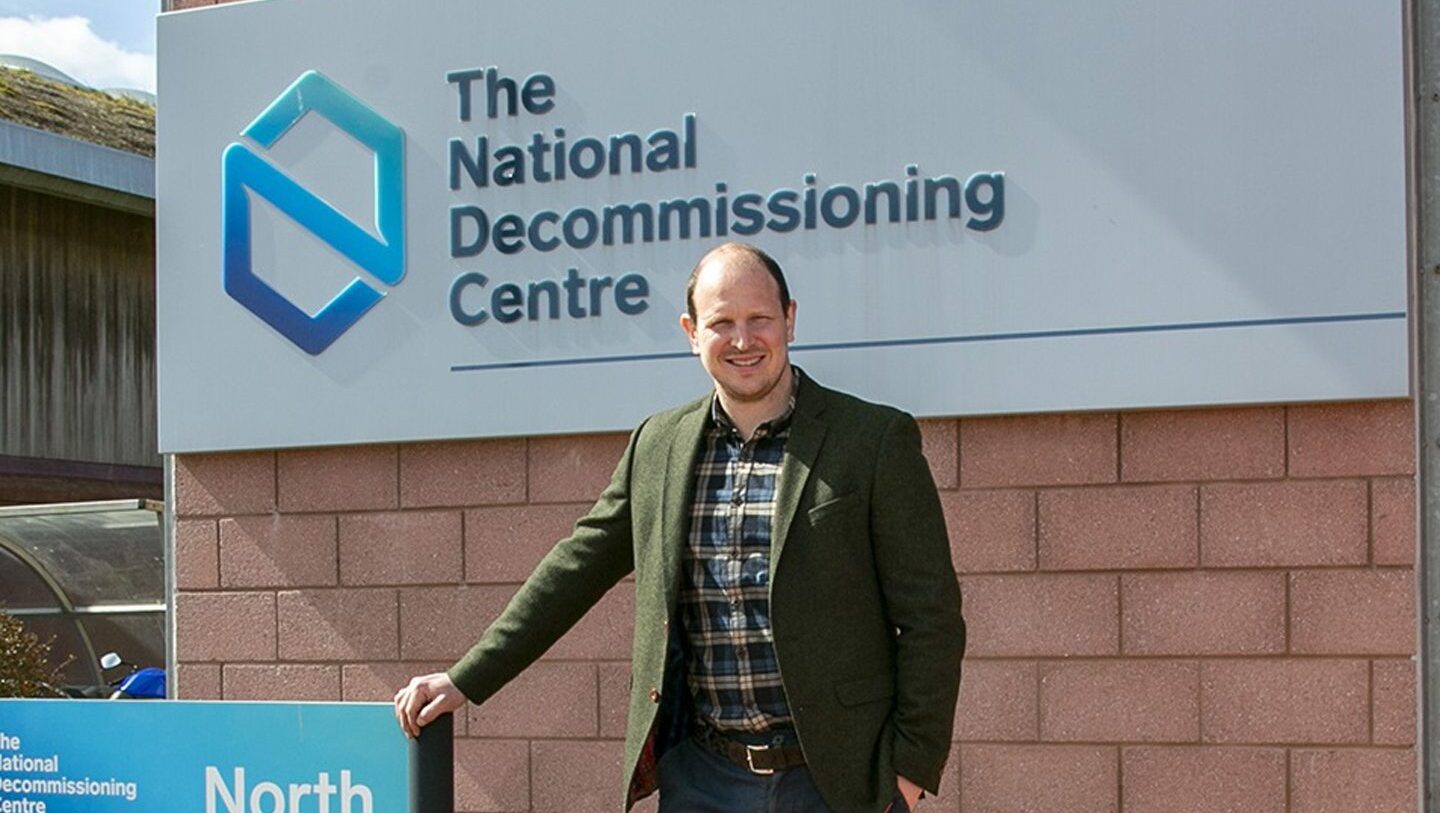 © Supplied by Decom Engineering
© Supplied by Decom EngineeringApproximately 90% of Decom’s revenues now come from outside of the North Sea, he added, and the company sees the most potential growth in Australia, Brazil and the US.
But the North Sea continues to provide projects, with Decom Engineering involved in the removal of the Brent Charlie platform last year.
“By analysing past campaigns in challenging environments including the Indian Ocean and the North Sea, we have fine-tuned our designs to perform seamlessly in extreme conditions,” McNally said.
“On several projects we have been asked to assist on structural removal scopes after other cutting technologies have proven not to be capable and this contingency role is now moving Decom into a position where we are becoming the first choice on larger and more complex scopes.”
On the back of the recent contract wins, McNally said Decom is expanding its Aberdeen headcount with an additional engineer and upgrading another staff member to a full-time position.



